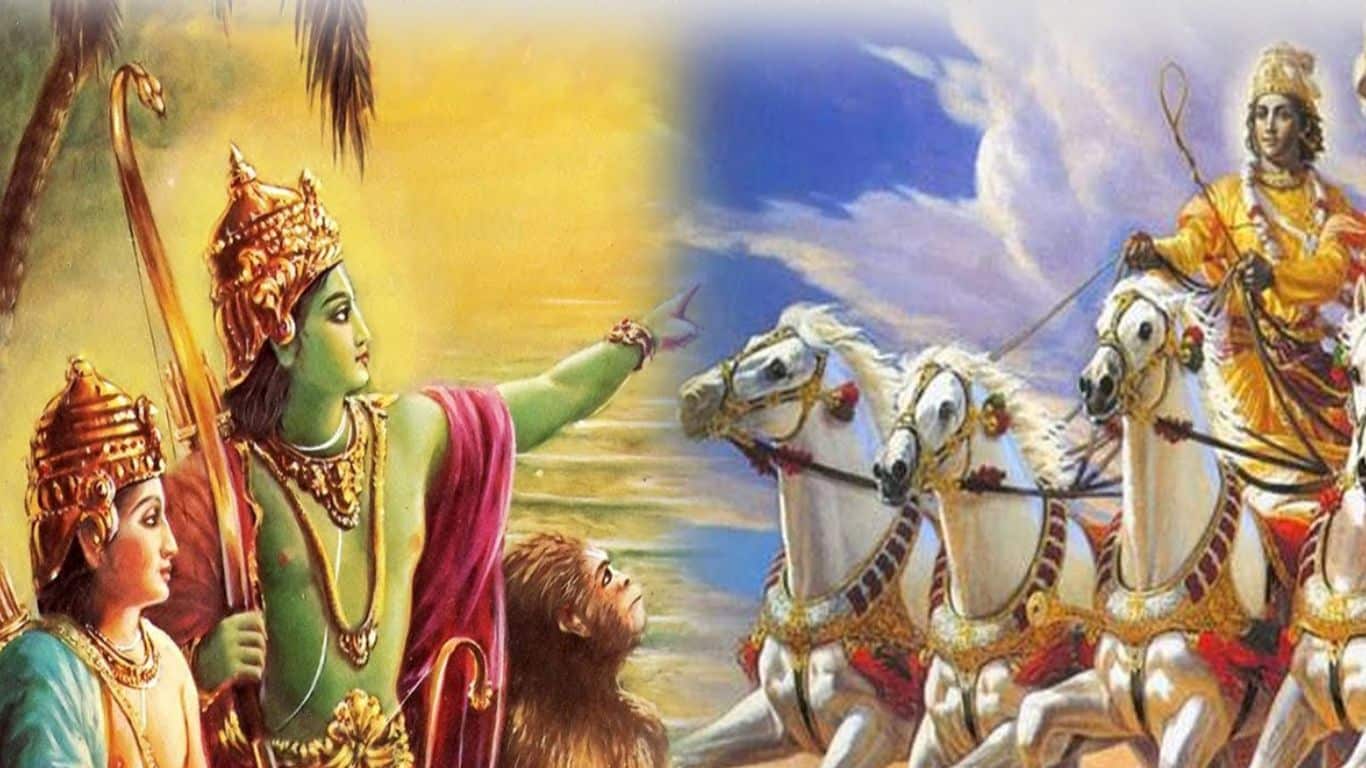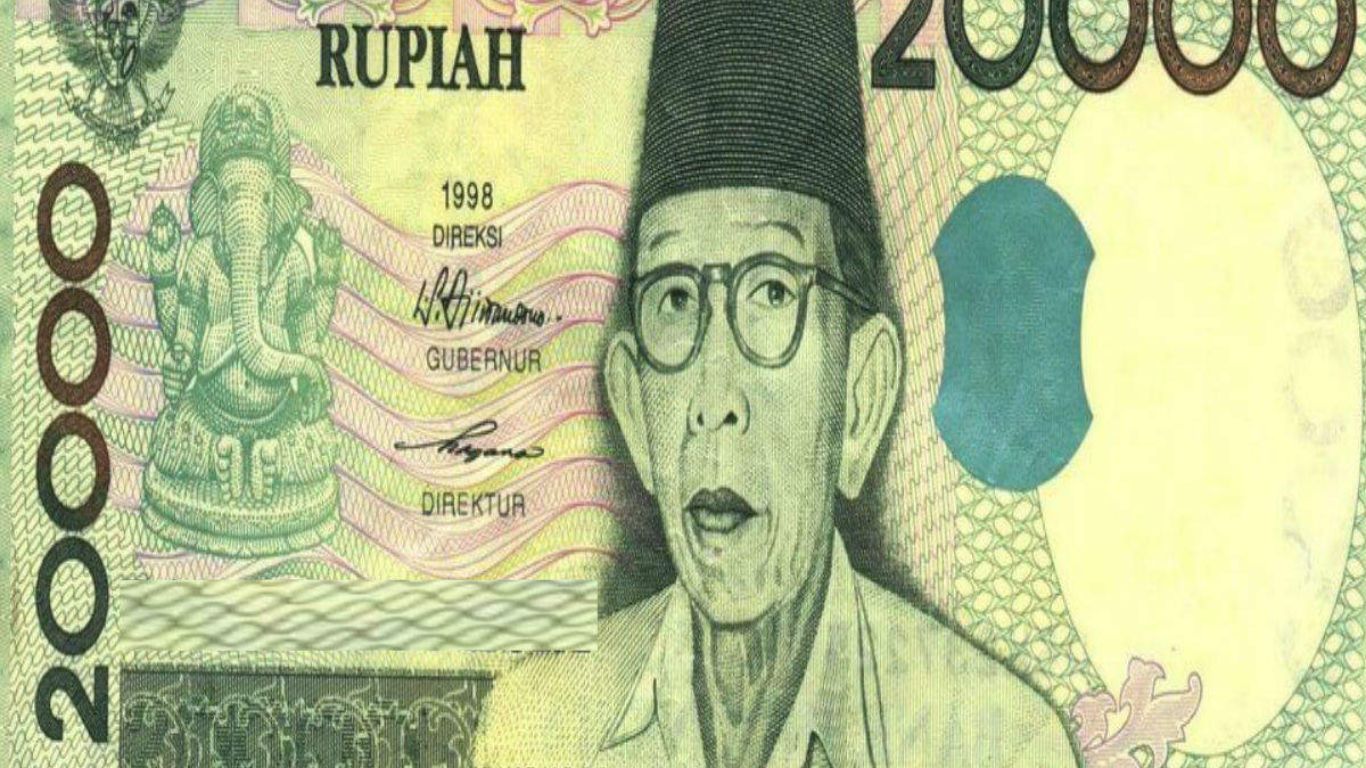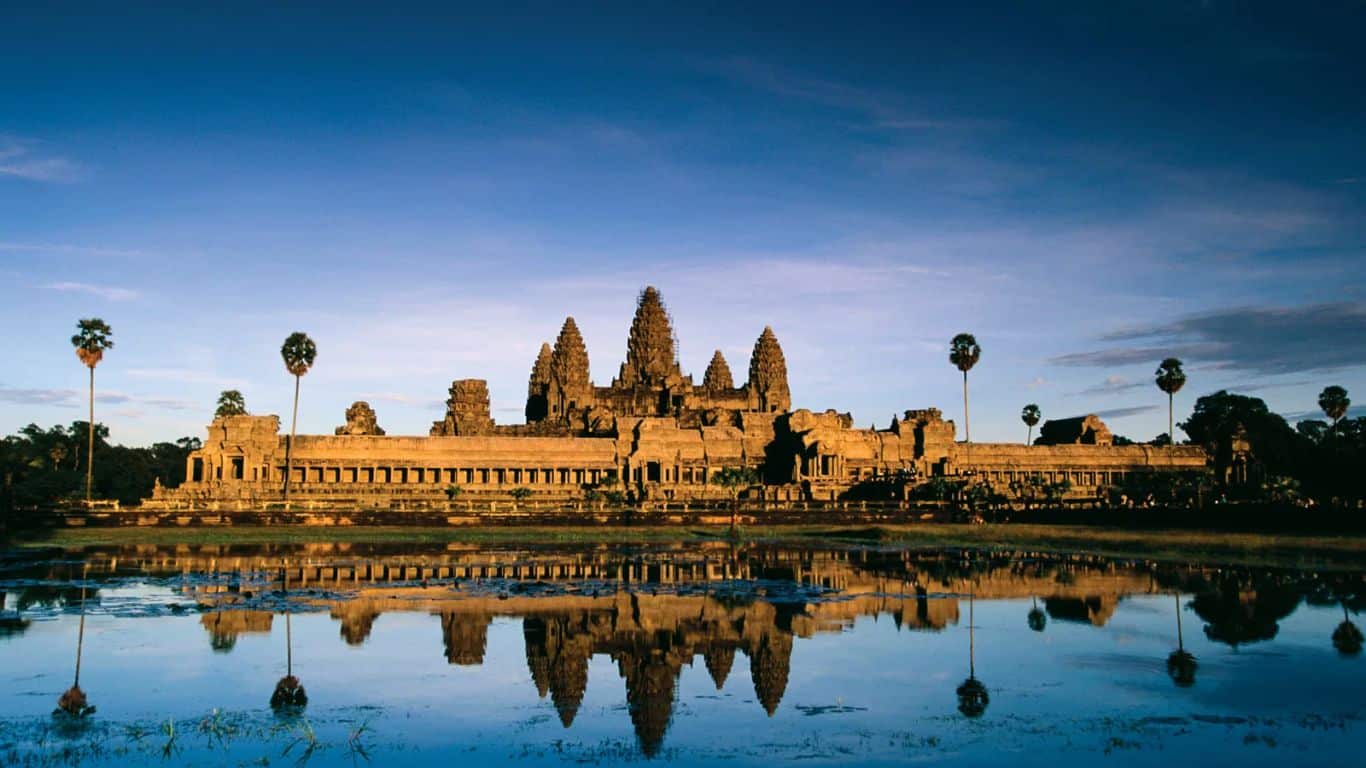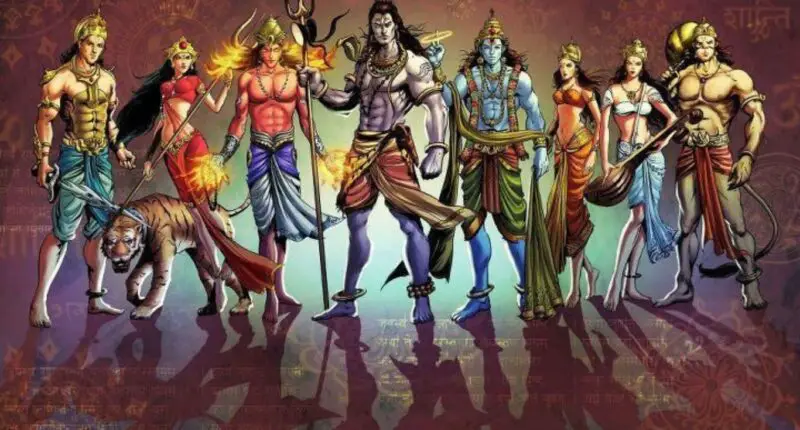The Hindu mythology of India and its Influence on Eastern Culture: Hindu mythology refers to the ancient tales, beliefs, and traditions of the Hindu religion, which is one of the oldest and most influential religions in the world. Hinduism originated in the Indian subcontinent and has spread to countries throughout South and Southeast Asia, as well as other parts of the world. Hindu mythology comprises a vast and diverse corpus of texts and traditions, and has greatly influenced the cultural and spiritual practices of many people in these regions.
The Hindu Mythology Of India And Its Influence On Eastern Culture
Hindu Mythology
Hinduism is a religion and way of life that originated in India and is now the third largest religion in the world. The term “Hindu” was originally used to describe the people and geographical region of India, and the term “Hinduism” was later coined by English colonists in the 18th century to refer to the native religious and philosophical traditions of India. Hinduism is also known as Santana Dharma, or the Eternal Way of Life, by its followers.

Hinduism is a complex and diverse system of belief that encompasses metaphysics, mythology, historical texts, rituals, festivals, temples, and places of pilgrimage. Important Hindu teachings include the four puruarthas, which are seen as the main goals of human life: dharma (ethics and duties), samsara (reincarnation), karma (cause and effect), and moksha (liberation from attachment). There are many different approaches and practices within Hinduism, including yoga, through which followers can explore and understand these beliefs. Hindus are often guided by a principle of compassion, seeking to avoid causing harm to any living being. Some Hindus may choose to become sannyasis, or monks, and dedicate their lives to seeking liberation.
Hinduism is a religion that involves the worship of multiple gods and goddesses. It is polytheistic, meaning that Hindus believe in and worship a pantheon of deities. Hinduism also has a variety of religious texts, with the Vedas being the most important. Other important texts include the Upanishads, the Puranas, the Mahabharata, and the Ramayana, which contain rich mythologies and stories about the gods and mythological figures. It is believed that Hinduism is a blend of many different Indian cultures and traditions, and does not have a specific founder.
Arts in the region

Hindu mythology has had a significant influence on the arts in India and Southeast Asia, with the stories and legends of Hindu mythology inspiring a wide range of artistic and cultural expressions.
In literature, Hindu mythology has inspired the creation of numerous works of poetry, fiction, and drama. For example, the Hindu epics, the Ramayana and the Mahabharata, are considered some of the greatest literary works in Indian history and have inspired countless works of literature, including plays, poems, and novels. Hindu mythology has also influenced the development of traditional Indian dance forms, such as Bharatanatyam and Kathak, which incorporate stories and themes from Hindu mythology into their performances.
In music, Hindu mythology has inspired the creation of a wide range of traditional Indian instruments and musical styles, including the sitar and the tabla. Hindu mythology has also influenced the development of traditional Indian music forms such as classical Hindustani and Carnatic music, which incorporate elements of Hindu mythology and spirituality into their compositions.
Lord Ganesha appears on the currency of Indonesia

Lord Ganesha is a Hindu deity who is revered as the god of wisdom, prosperity, and good fortune. He is often depicted as a deity with the head of an elephant and the body of a human, and is typically shown holding a variety of objects such as a conch shell, a lotus flower, and a bowl of sweets. In Hindu mythology, Ganesha is known as the remover of obstacles and is often prayed to for help in overcoming challenges and achieving success.
The appearance of Lord Ganesha on the currency of Indonesia is significant because it reflects the influence of Hinduism on the country’s culture and history. Indonesia has a long tradition of Hinduism, and many people in the country continue to practice the religion today. The inclusion of Ganesha’s image on the currency is a tribute to this cultural and religious heritage, and is a symbol of the importance of Ganesha in Indonesian society.
Social and Cultural Practices

Hindu mythology has had a significant influence on the social and cultural practices of India and Southeast Asia. Many of the festivals and rituals of the region have their roots in Hindu mythology, and the stories and legends of Hindu mythology are often depicted in temple architecture and artwork.
One of the most well-known festivals in the region that has been influenced by Hindu mythology is Diwali, the festival of lights. Diwali is celebrated by Hindus around the world and is a celebration of the victory of good over evil. The festival has its roots in Hindu mythology and is associated with the story of Lord Rama, who, according to legend, returned to his kingdom after defeating the demon king, Ravana.
Hindu mythology has also influenced the architecture and design of temples in the region. Many Hindu temples are dedicated to the gods and goddesses of Hindu mythology, and the stories and legends of these deities are often depicted in the temple architecture and artwork. For example, the temple of Angkor Wat in Cambodia, which is one of the largest and most famous temples in the world, is heavily influenced by Hindu mythology and is dedicated to the Hindu deity, Vishnu.
Also Read : Hindu Mythology Characters who will make Great Villains in Marvel or DC Movies



